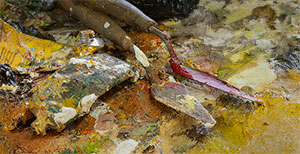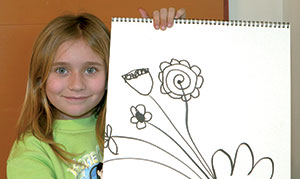 |
 |
||||
|
|||||
|
|||||
The meeting place of play and art creates a warm space where creativity, exploration, and self-expression can flourish. Both play and art nurture human development, especially during childhood, though their gifts enrich us throughout our lives. When we honor the playful spirit within art, we welcome experimentation, joy, and the freedom to create without worrying about perfection. The Gentle Power of Play in Art Play offers us more than just enjoyment—it opens doors to learning and discovery. In art, play invites us to approach a blank page, a lump of clay, or a musical instrument with openness, letting our curiosity and intuition guide us. This journey feels immersive and fulfilling, often taking unexpected turns as we work through challenges and discover new questions. The process of creating becomes just as meaningful as what we make, giving us a sense of possibility. For little ones, playful art experiences feel especially magical. When children act out stories, explore different sounds, or try unexpected materials, they're learning while having fun. These hands-on experiences help build confidence, develop coordination, and encourage problem-solving, while also supporting language skills and emotional growth. Art: A Garden for the Mind to Wander Art gives us a special way to share our thoughts, feelings, and experiences. When we create art together in a playful environment, we exchange ideas, learn from each other, and develop deeper thinking skills. Art becomes a gentle companion for our thoughts, helping us explore new ideas inspired by friends and the world around us. Playing with art also helps us understand different viewpoints and develop empathy. By stepping into imaginative worlds and experimenting with materials, artists of all ages nurture creativity, patience, and problem-solving abilities. This way of thinking about possibilities supports both artistic growth and personal development. Playful Approaches in Art Learning Weaving games into art education sparks creativity and brings joy to learning. Activities like theater games, musical storytelling, or drawing together encourage us to observe, collaborate, and express our emotions. These playful moments help connect feelings to artistic choices, develop motor skills, and build confidence. The lighthearted nature of these activities invites gentle risk-taking and celebrates everyone's unique ideas. Game-based learning works beautifully in art because it engages us fully, offers immediate feedback, and adapts to different abilities. It nurtures both creativity and thoughtful reflection as we consider options and find creative solutions to artistic puzzles. Honoring the Joy of Creation At heart, celebrating play in art means treasuring the joy, curiosity, and wonder that come from creating something new. Whether in a cozy preschool, a quiet studio, or a welcoming community space, playful art-making invites everyone to explore, express, and connect. It reminds us that art isn't just about what we finish, but about the experiences, discoveries, and growth we encounter along the way. By embracing play in art, we nurture a lifelong love of creativity and learning—a celebration that gently enriches both individuals and communities. |
|||||
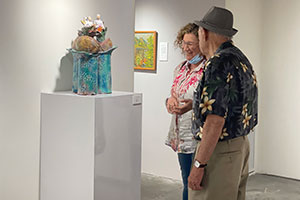 |
|||||
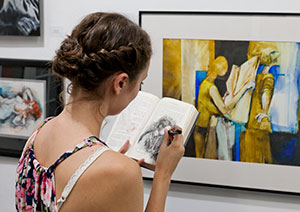 |
|||||
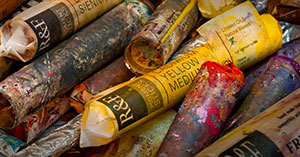 |
|||||
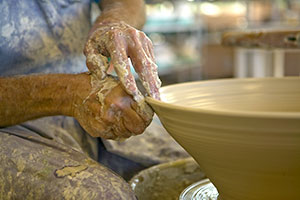 |
|||||
|
|||||

